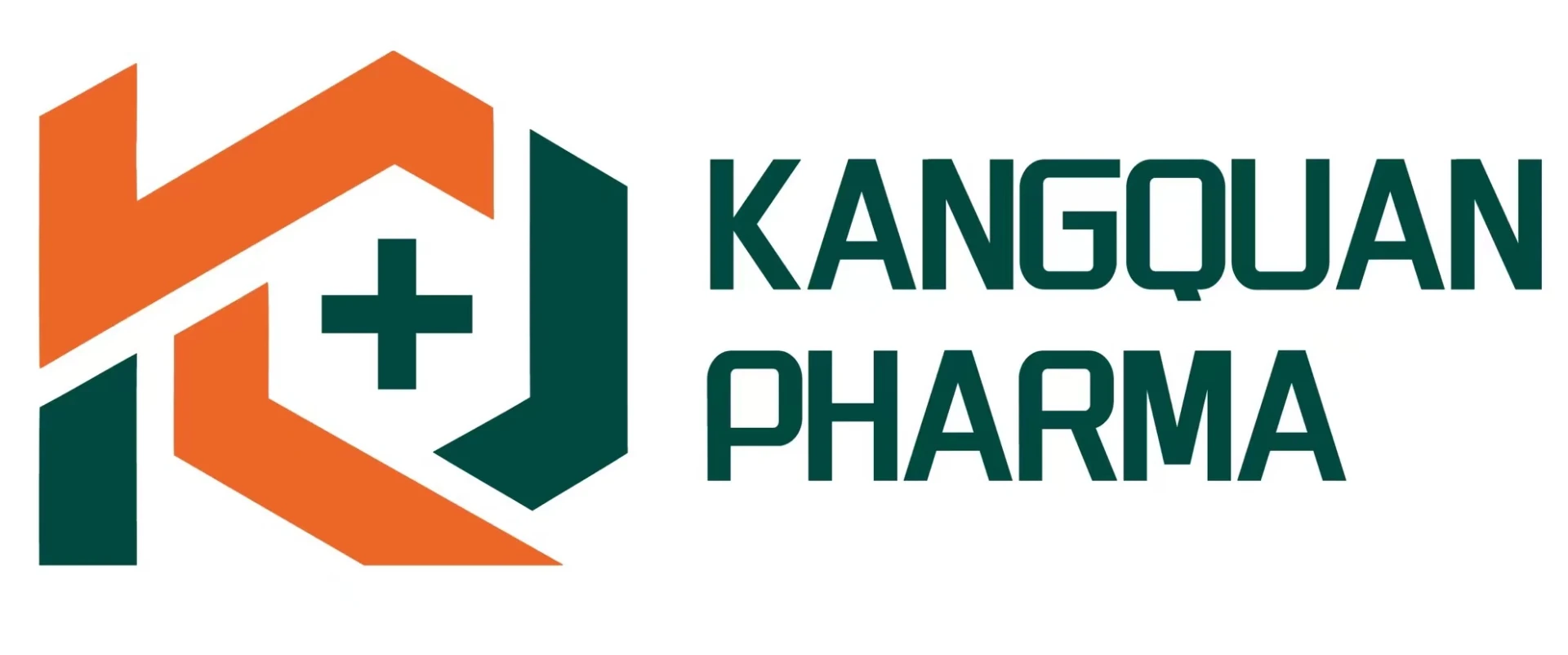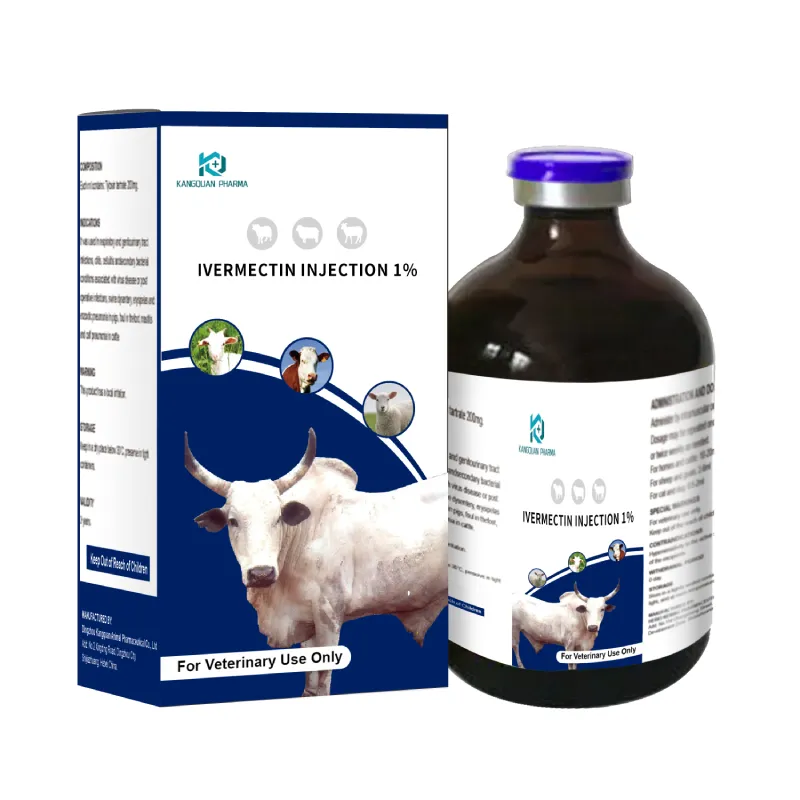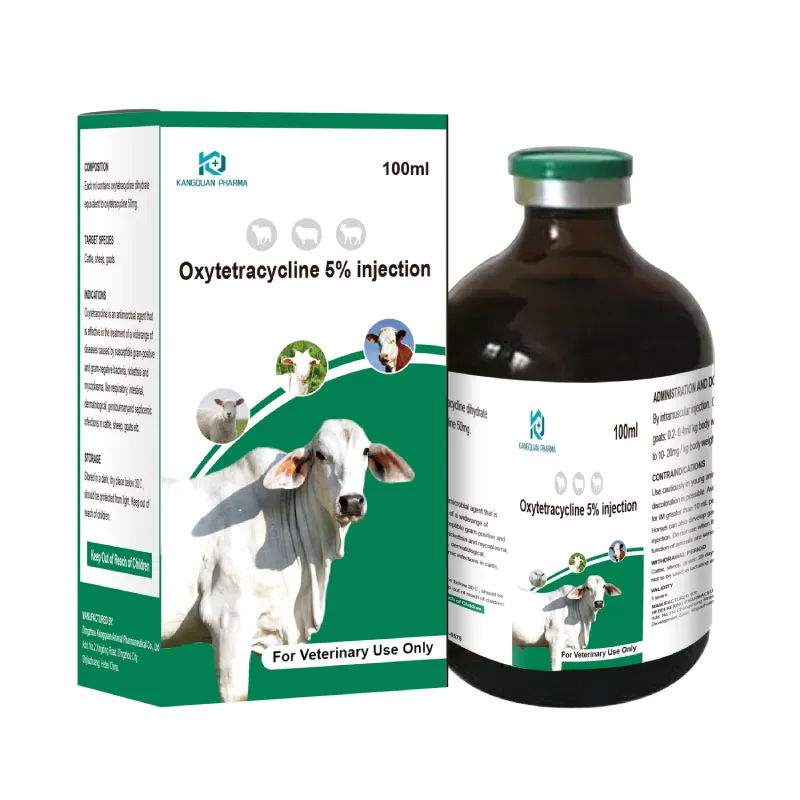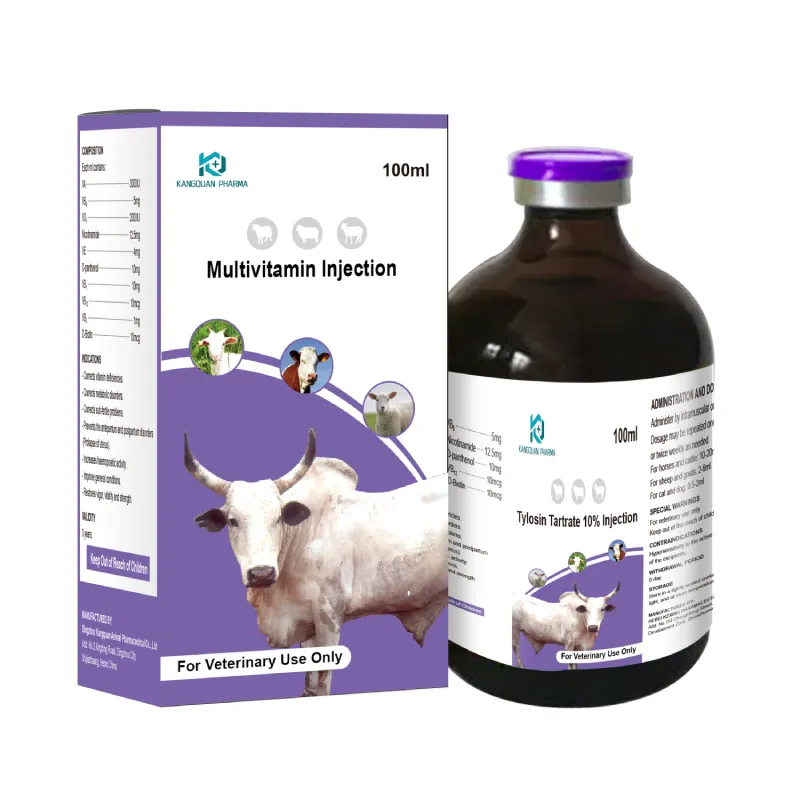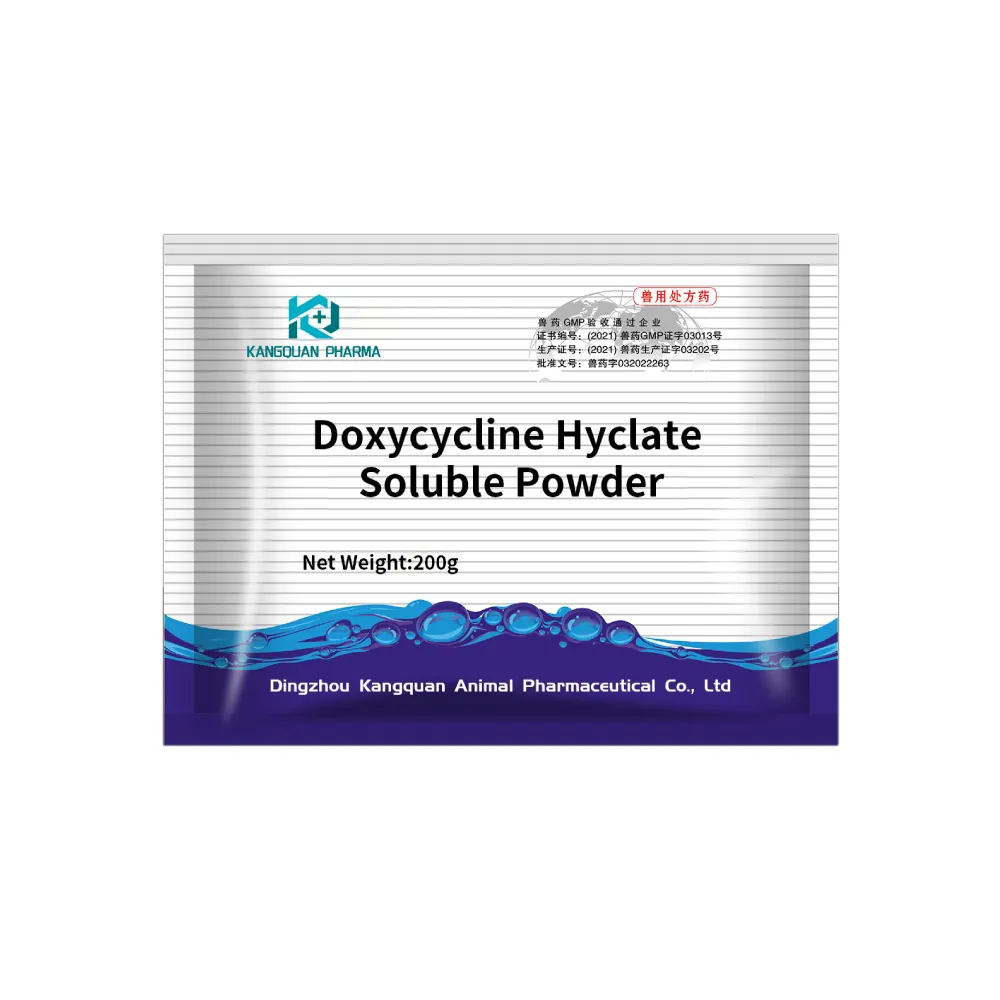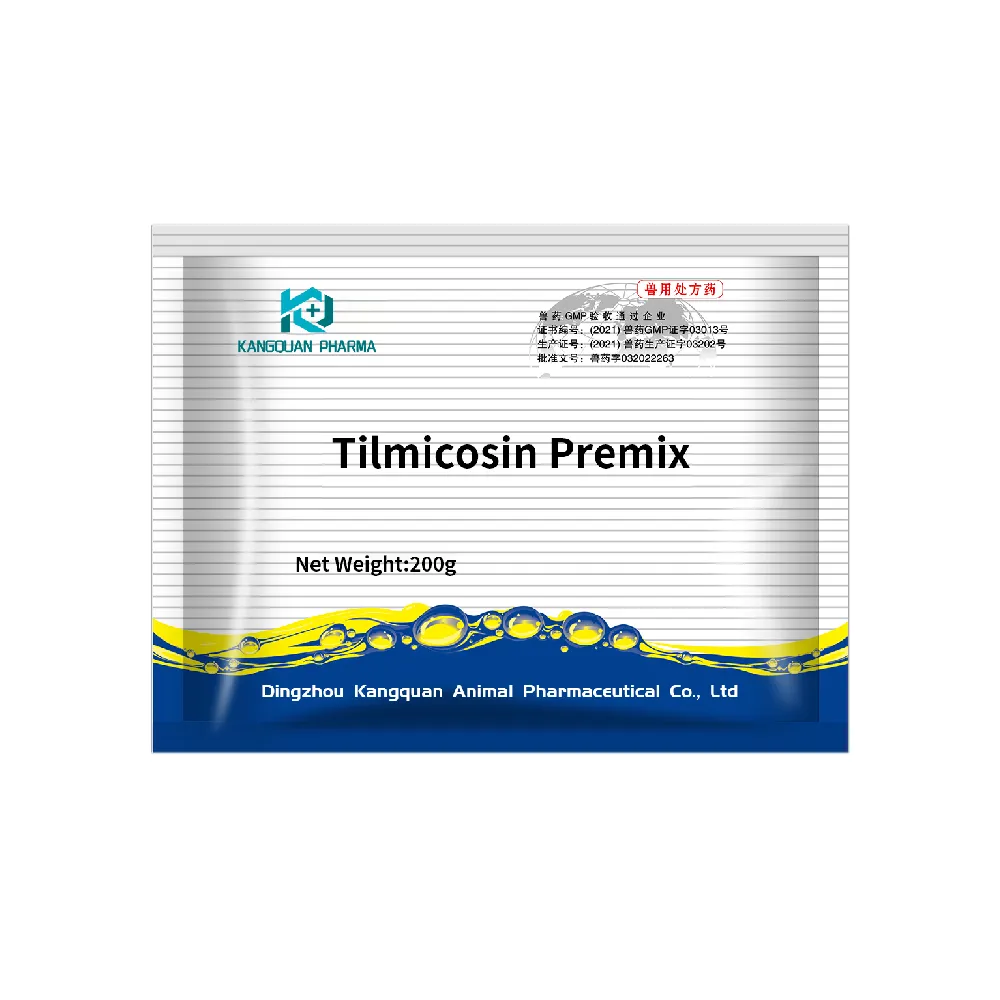- Afrikaans
- Albanian
- Amharic
- Arabic
- Armenian
- Azerbaijani
- Basque
- Belarusian
- Bengali
- Bosnian
- Bulgarian
- Catalan
- Cebuano
- Corsican
- Croatian
- Czech
- Danish
- Dutch
- English
- Esperanto
- Estonian
- Finnish
- French
- Frisian
- Galician
- Georgian
- German
- Greek
- Gujarati
- Haitian Creole
- hausa
- hawaiian
- Hebrew
- Hindi
- Miao
- Hungarian
- Icelandic
- igbo
- Indonesian
- irish
- Italian
- Japanese
- Javanese
- Kannada
- kazakh
- Khmer
- Rwandese
- Korean
- Kurdish
- Kyrgyz
- Lao
- Latin
- Latvian
- Lithuanian
- Luxembourgish
- Macedonian
- Malgashi
- Malay
- Malayalam
- Maltese
- Maori
- Marathi
- Mongolian
- Myanmar
- Nepali
- Norwegian
- Norwegian
- Occitan
- Pashto
- Persian
- Polish
- Portuguese
- Punjabi
- Romanian
- Russian
- Samoan
- Scottish Gaelic
- Serbian
- Sesotho
- Shona
- Sindhi
- Sinhala
- Slovak
- Slovenian
- Somali
- Spanish
- Sundanese
- Swahili
- Swedish
- Tagalog
- Tajik
- Tamil
- Tatar
- Telugu
- Thai
- Turkish
- Turkmen
- Ukrainian
- Urdu
- Uighur
- Uzbek
- Vietnamese
- Welsh
- Bantu
- Yiddish
- Yoruba
- Zulu
ನವೆಂ . 08, 2024 10:11 Back to list
Exploring the Uses and Benefits of Lincomycin Hydrochloride in Medicine
Understanding Lincomycin HCl Uses, Mechanism, and Safety
Lincomycin hydrochloride, commonly referred to as lincomycin HCl, is an antibiotic used to treat a variety of bacterial infections. Derived from the actinobacterium Streptomyces lincolnensis, this medication falls under the category of lincosamides, which are crucial in the arena of antibacterial therapies. Lincomycin is particularly effective against gram-positive bacteria and certain anaerobic organisms, making it a valuable option in clinical settings.
Mechanism of Action
Lincomycin HCl works by inhibiting bacterial protein synthesis. It achieves this by binding to the 50S subunit of the bacterial ribosome, thereby obstructing the amino acid chain elongation during the translation process. This action effectively halts the growth of bacteria, preventing them from multiplying and leading to their eventual death. This mechanism makes lincomycin a potent agent against susceptible strains of bacteria.
Indications for Use
Lincomycin HCl is indicated for the treatment of various infections, including those caused by susceptible strains of staphylococci, streptococci, and some anaerobic organisms. It is particularly effective for treating
1. Skin and Soft Tissue Infections Infections caused by bacteria, such as cellulitis and abscesses. 2. Bone and Joint Infections Effective in osteomyelitis and septic arthritis caused by gram-positive organisms. 3. Respiratory Tract Infections It is often used in cases of pneumonia or empyema, particularly when other first-line antibiotics are not suitable. 4. Dental Infections Lincomycin is sometimes used for certain dental infections due to its ability to penetrate bone tissue effectively.
In addition to these uses, lincomycin can be used in patients allergic to penicillin, providing an alternative treatment option
.lincomycin hcl
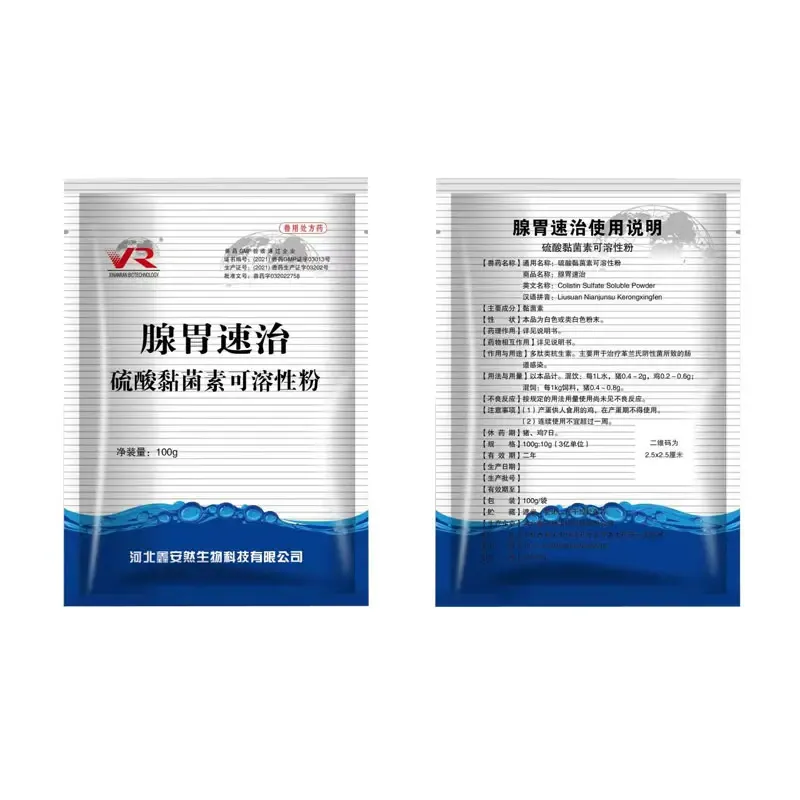
Dosage and Administration
Lincomycin HCl can be administered orally or via injection, depending on the severity of the infection and the clinical situation. The dosage varies based on factors such as the type of infection, the patient’s age, weight, and renal function. It is of utmost importance that patients adhere to the prescribed regimen, as incomplete treatment may lead to antibiotic resistance or recurrence of the infection.
Side Effects and Precautions
Like any medication, lincomycin HCl comes with potential side effects. The most common include gastrointestinal disturbances such as nausea, vomiting, and diarrhea. One serious concern is the risk of Clostridium difficile-associated diarrhea (CDAD), a potentially life-threatening condition. Hence, it is crucial for healthcare providers to monitor patients for symptoms of gastrointestinal distress during and after treatment.
Patients should also inform their healthcare provider of any pre-existing conditions, especially liver or kidney disease, as these may affect the clearance of the drug from the body. Additionally, patients with a history of allergic reactions to lincomycin or clindamycin should avoid this medication.
Conclusion
Lincomycin HCl serves as a vital tool in the fight against bacterial infections, particularly those caused by resistant strains to other antibiotics. Its ability to inhibit protein synthesis provides a distinct mechanism that is crucial for treating various serious infections. However, as with any antibiotic, appropriate use is essential to minimize the risk of side effects and the development of resistance. As the landscape of bacterial infections evolves, lincomycin HCl remains a key player in ensuring effective treatment options for patients in need.
-
Guide to Oxytetracycline Injection
NewsMar.27,2025
-
Guide to Colistin Sulphate
NewsMar.27,2025
-
Gentamicin Sulfate: Uses, Price, And Key Information
NewsMar.27,2025
-
Enrofloxacin Injection: Uses, Price, And Supplier Information
NewsMar.27,2025
-
Dexamethasone Sodium Phosphate Injection: Uses, Price, And Key Information
NewsMar.27,2025
-
Albendazole Tablet: Uses, Dosage, Cost, And Key Information
NewsMar.27,2025
